In the Studio with Fiona Woodcock
last updated 02 September 2021
Since graduating from Glasgow School of Art, Fiona has always earned her living from drawing. She started her career working in animation, but now specialises in picture books. Fiona’s debut book Hiding Heidi, published by Simon and Schuster, and her illustrations in A Dot in the Snow, written by Corrinne Averiss, published by Oxford University Press, were both nominated for The Kate Greenaway Award.
Approaching a new project
Each book I work on requires a unique approach. My mini brief to myself for A Song in the Mist was to create artwork that captures a feeling and atmosphere that complements Corrinne’s lyrical story about sound and its power to connect. Every decision for this book served the text and I like that my work was taken in new directions as a result.
How ‘A Song in the Mist’ began
 Initial sketches
Initial sketches
A Song in the Mist started with a deep dive into all things pandas and bamboo. I drew bamboo at Kew Gardens in London, watched and sketched from panda documentaries and old films set in bamboo forests. I also got hold of some photos from my aunt who had recently been to a panda reserve in China. (My book dedication is to her). All of this helped to spark compositional ideas.
 Designing Chi
Designing Chi
I did a couple of quick artwork experiments as a starting point to take along to our first meeting. The layered mountain Gelli print above was an early experiment which helped me think about the environment and textures of bamboo forests. I did quite a lot of sketches to resolve the design of the boy and you can see how he evolved below.
 Character evolution
Character evolution
The sound trail from the bamboo flute that connects Chi and the boy was a very important element. Corrinne’s text describes the music as being “Gentle, sweet, the air made musical”… “And with breath and bamboo, he sends a song into the mist”. I incorporated some blow pen specks for the sound. It felt appropriate that the artwork was produced by me blowing colour onto the page.
 Bringing the page to life
Bringing the page to life
I found the last line of text to be so beautiful and powerful and it presented me with quite a daunting challenge, as I had to visualise a friendship suspended in the air. I played and experimented and it felt right to use the blow pen again to literally breathe life into the image.
 A finished spread
A finished spread
The way I approached the roughs informed the artwork, and the Oxford University Press team encouraged me to try and capture a similar atmosphere and fluidity in the final artwork.
My working process
I think our main challenge was conveying the sense of time and fitting it all into the 32 page format. We ended up using quite a few panels, a device we also used in A Dot in the Snow. I liked that the vertical panels made a subtle nod to Chinese scrolls.
 Rough Colour Plan
Rough Colour Plan
When I was just about to start the artwork, I printed a storyboard of the final roughs on an A4 page and loosely sketched a colour plan as a guide. Colour is always such an important part of my work and I like it to help communicate the story and be there for a reason. My colour plan evolved throughout the process, as I grew to fully understand the story and was refined right up to the delivery.
Art imitates life
 Creating colour plans
Creating colour plans
A photo I took years ago of my friend Andrea stringing up a birthday lantern formed the basis of what I wanted to achieve with the colour and glow of the lantern. I also visited the Bridget Riley Exhibition at the Hayward Gallery just before I started and some of her colour combinations played into my thinking too.
 Research from lots of sources
Research from lots of sources
It helped to think of the colour and composition in stages of the narrative:
1) The gentle start with fresh greens, using additional colour to introduce the visual representation of sound and to establish the shyness of Chi.
2) The forest becomes a place of peril and drama as the sun sets and mist forms with a more subdued muted palette that allows for the contrasting celebration of fireflies, sound trail, the pop of orange on the boy and the glow of the lantern to stand out and draw the eye.
3) The fresh morning glow and the fizz of their friendship at the end.
 Seeing the characters come alive
Seeing the characters come alive
My tools and techniques
 An example of mono-prints for composite creations
An example of mono-prints for composite creations
The artwork was all created on paper as individual assets and composited and layered in photoshop. I did lots of mono-printed textures and painted marks and washes for backgrounds. I cut stencils to make ferns and also printed with rubber stamps and wood for bamboo and bark textures.
Being inspired by the story
Corrinne’s text was packed with inspiring lines. The firefly spread was always one I was excited about, particularly the line “Branches seem to connect them, as Chi holds tight to her precious bamboo gift.” This gave me the opportunity to play with a bit of magic realism, as the Grandpa and the boy appear to walk away on a path created by the stretching tree branch.


 From sketch to finished image
From sketch to finished image
Final thoughts
This project was my constant companion for the first lockdown of 2020 and it was a wonderful, immersive distraction that I was so grateful for. A big thank you to Corrinne for the inspiring text and to Peter Marley and Kate Adams at Oxford University Press for being so dedicated to making the best book we possibly could.
Fiona Woodcock is represented by Arabella Stein — to work with Fiona please contact Arabella. You can find out more about Fiona here.
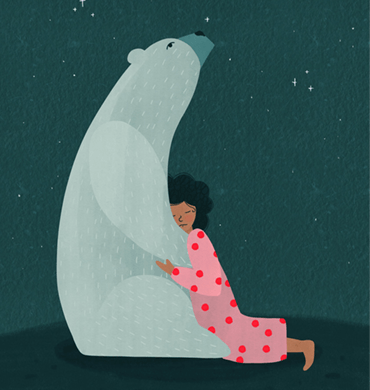 How we work
How we work
 What we do
What we do
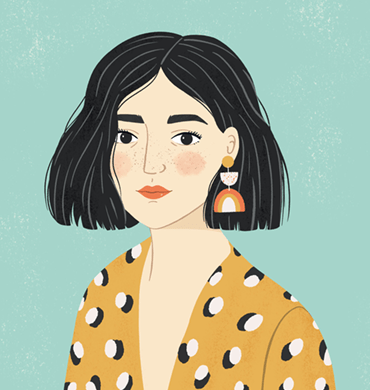 Meet the team
Meet the team
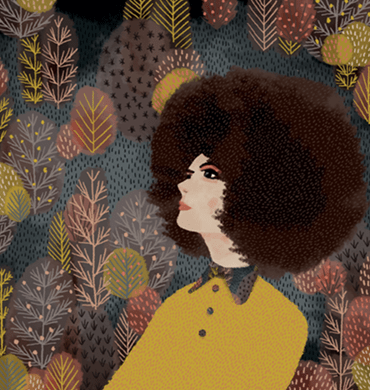 Artists
Artists
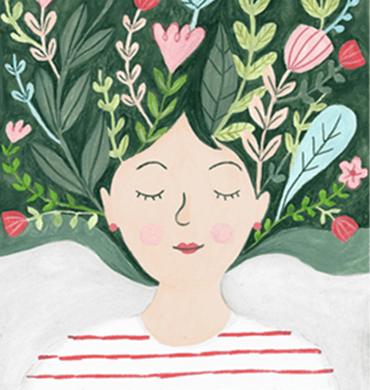 Agents
Agents
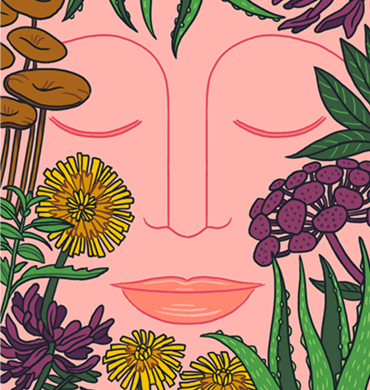 Collections
Collections
 Submissions
Submissions
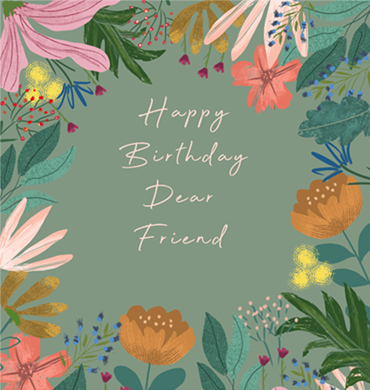 Artists
Artists
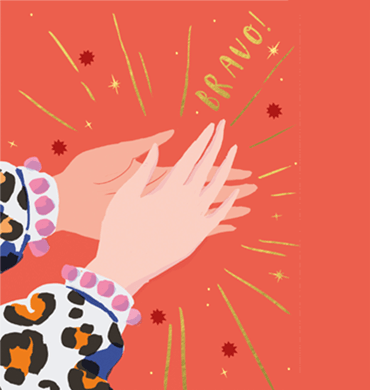 Agents
Agents
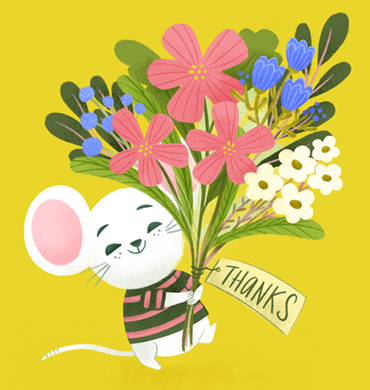 Collections
Collections
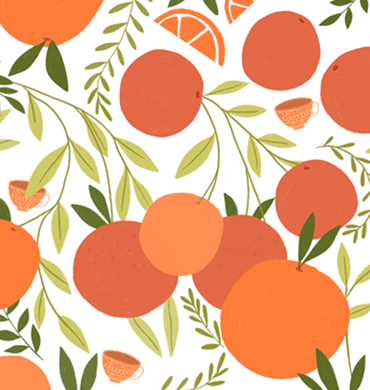 Submissions
Submissions
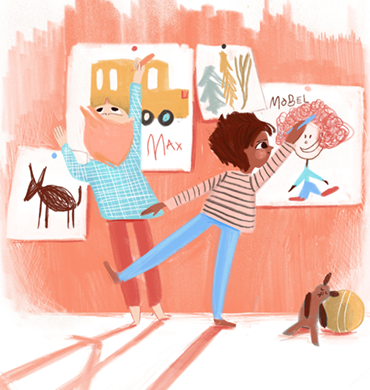 Authors
Authors
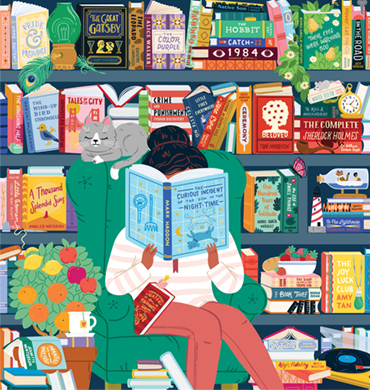 Artists
Artists
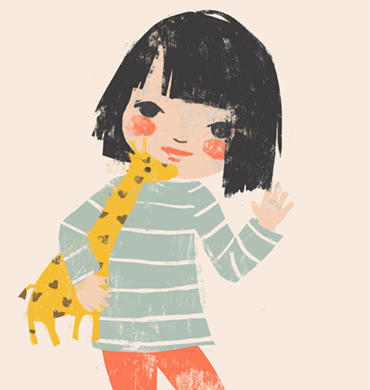 Agents
Agents
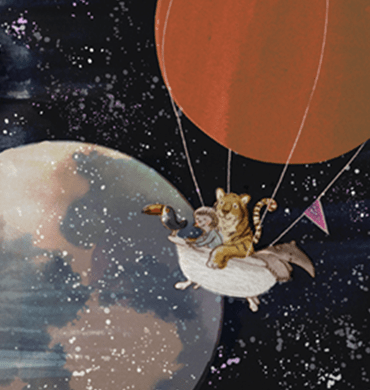 Collections
Collections
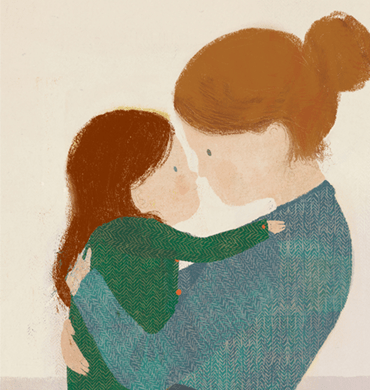 Submissions
Submissions
 Animators
Animators
 Agents
Agents
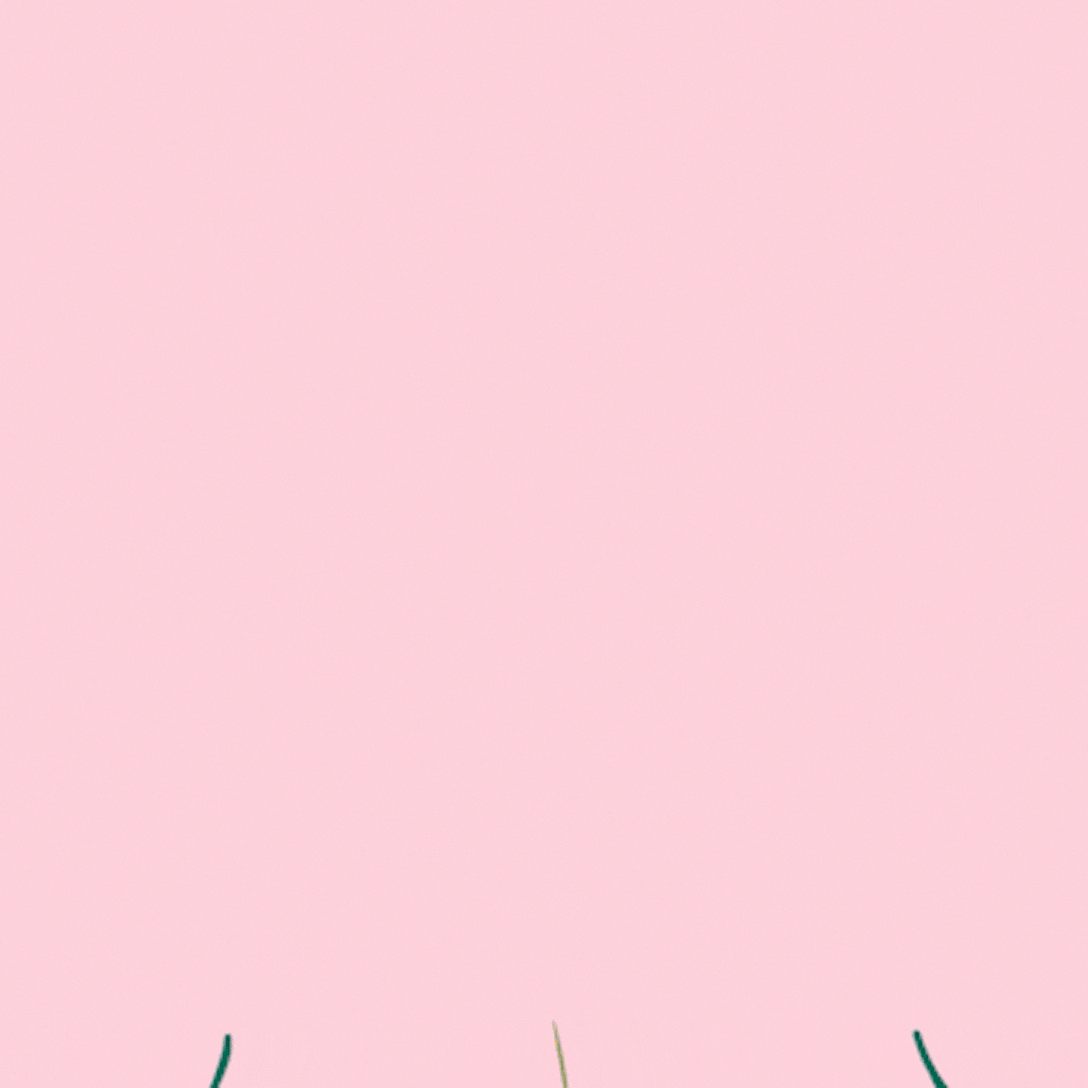 Collections
Collections
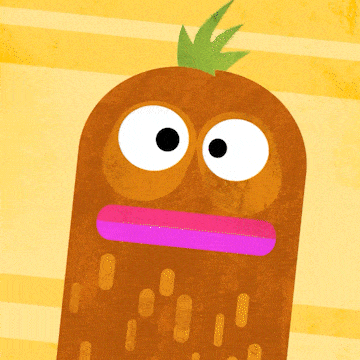 Submissions
Submissions
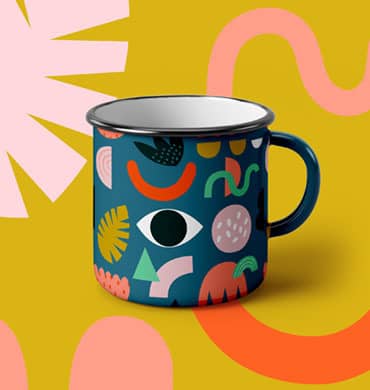 About
About
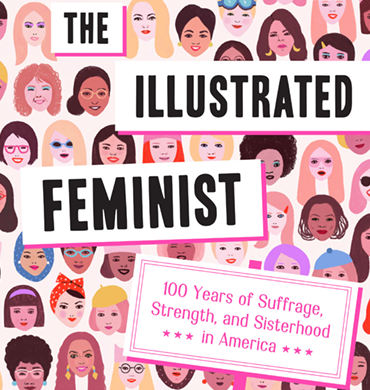 Authors
Authors
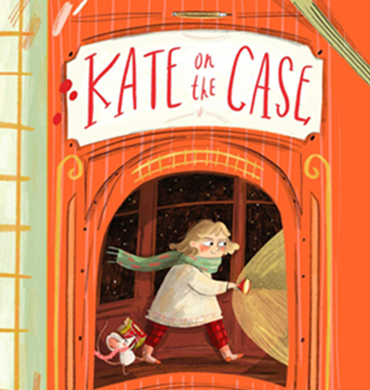 About
About
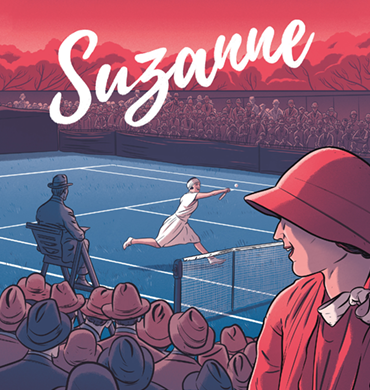 Submissions
Submissions
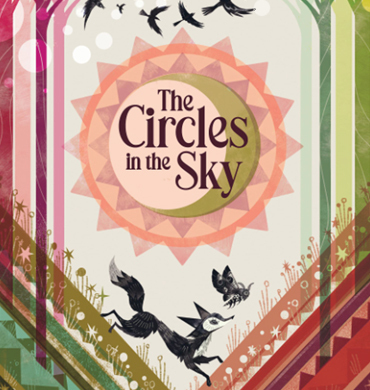 Blog
Blog